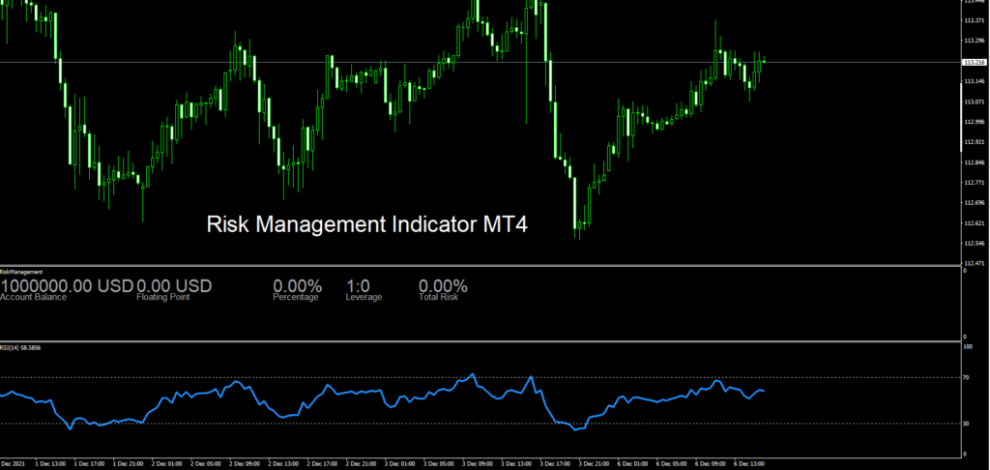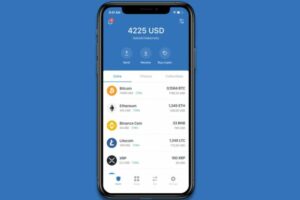MetaTrader 4 and MetaTrader 5 are both popular trading platforms used in the forex industry, but there are some key differences between the two. While MT4 remains a popular choice for forex trading due to its ease of use and widespread adoption, MT5 offers more advanced features and functionality, particularly for traders who want to trade a wider range of instruments or use more advanced programming techniques.
There is not a great difference between risk management for MT4 and MT5 platforms, however, they require different plugin versions.
Forex broker risks
Forex brokers are responsible for managing various risks associated with their business, including market risk, credit risk, operational risk, and legal and regulatory risks. Effective risk management is essential for the long-term success and sustainability of a forex brokerage firm.
Here are some key risk management practices that forex brokers typically employ:
-
Market risk management: Forex brokers need to manage their exposure to market risk, which is the risk of losses due to adverse movements in currency prices. To manage market risk, brokers can employ hedging strategies, such as buying or selling offsetting positions, or setting stop-loss orders to limit potential losses.
-
Credit risk management: Forex brokers need to manage their credit risk, which is the risk of losses due to clients failing to fulfill their financial obligations. To manage credit risk, brokers can set margin requirements, monitor client positions, and implement risk management tools such as margin calls and stop-out levels.
-
Operational risk management: Forex brokers need to manage their operational risk, which is the risk of losses due to internal or external factors such as system failures, fraud, or cyber-attacks. To manage operational risk, brokers can implement robust IT infrastructure, data security protocols, and internal controls to minimize the risk of operational failures.
- Legal and regulatory risk management: Forex brokers need to manage their legal and regulatory risk, which is the risk of losses due to violations of laws and regulations. To manage legal and regulatory risk, brokers can implement compliance procedures and policies, stay up-to-date with changes in regulations, and obtain necessary licenses and certifications.
Types of risk management solutions for Metatrader 4
Risk management MT4 plugins are tools developed for forex brokers who use the MetaTrader 4 trading platform to manage and mitigate risk associated with forex trading. These plugins offer various features that enable brokers to monitor and control trading risks and exposure, thereby protecting themselves and their clients from potential losses.
You can learn about more kinds of risk management MT4 by reviewing the offerings of Takeprofit, Brokeree or Tools for Brokers, which are well-known solution providers for forex brokers and liquidity providers.
Some common features of risk management MT4 solutions include:
-
Trade execution control: this feature allows brokers to set limits on trade execution, such as maximum lot size, stop loss and take profit levels, and trading hours.
-
Margin call and stop-out levels: these features enable brokers to set threshold levels for margin call and stop-out, which can help prevent clients from exceeding their available margin and incurring significant losses.
-
Account monitoring and reporting: risk management tools allow brokers to monitor account activity and generate reports on trading performance, exposure, and risk management.
-
Negative balance protection: this feature ensures that clients cannot lose more than their account balance, preventing them from going into negative balance and potentially defaulting on their obligations.
-
Customizable warning messages: these features provide clients with warnings when they enter positions that exceed their available margin or risk exposure.
-
Multi-account management: this feature allows brokers to manage multiple client accounts from a single platform, enabling them to monitor exposure and manage risk more efficiently.
-
Liquidity aggregation solutions which assist in managing liquidity streams from multiple sources and offer their clients the best available prices for trading.















